In this tutorial, we will be showing you how to get Hardware Info on the Ubuntu operating system.
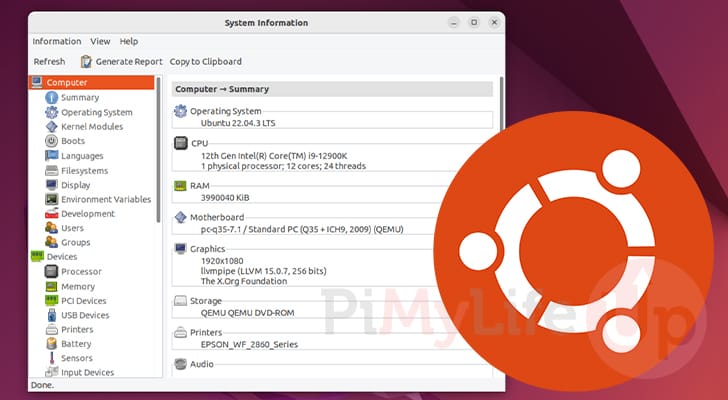
If you are ever on a system and have no idea what sort of hardware it has, then don’t worry, as it is super simple to get information on it.
When using Ubuntu, you can easily find your hardware info by just going to the settings screen. However, if you need more information there is some great third-party tools that provide this. We will be using one of these tools within this guide.
You can get details about your system through these steps, such as the CPU, GPU, Memory, disk capacity, and more. On some devices, you can even see the model of your device, but not everything exposes this hardware information to Ubuntu.
Throughout the next couple of sections, we will show you how to get the hardware info on Ubuntu through the GUI and the terminal.
Getting Hardware Info on Ubuntu from the Desktop
This section will show you how to get the hardware info for your Ubuntu system.
We will be showing two particular methods to achieve this. The first method is to use the settings page. This page gets you the most basic information, such as the CPU, GPU, total RAM, and the GPU.
We must rely on a third-party application if you need more in-depth information on your Ubuntu device hardware. The application we will be using is called “hardinfo“. This tool gives you more in-depth information on each piece of hardware.
The steps below, were written for Ubuntu 22.04 but they should work the same on older and newer releases.
Using the Settings About Page
The settings page is the simplest way to get information on your system. However, it also provides the bare minimum you might need to know.
1. To get to the settings page, click the power icon in the screen’s top-right corner.
Clicking here will bring up a quick menu that we can use to get to the settings screen.

2. In this pop-up menu, click the “Settings” option.

3. You should now have the settings screen on your screen. To get to your hardware info on Ubuntu, click the “About” tab.
You will find this option at the bottom of the sidebar.
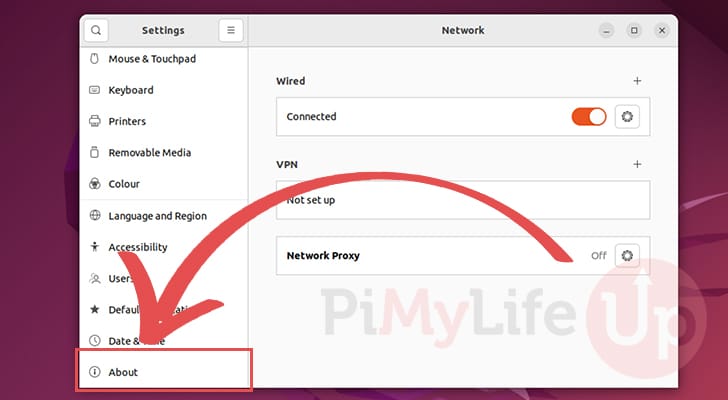
4. Within the About page, you will find some information on the hardware of your Ubuntu system.
Here, you will find your device’s processor, GPU, total RAM, and finally disk capacity. You can even see the “Hardware Model“.
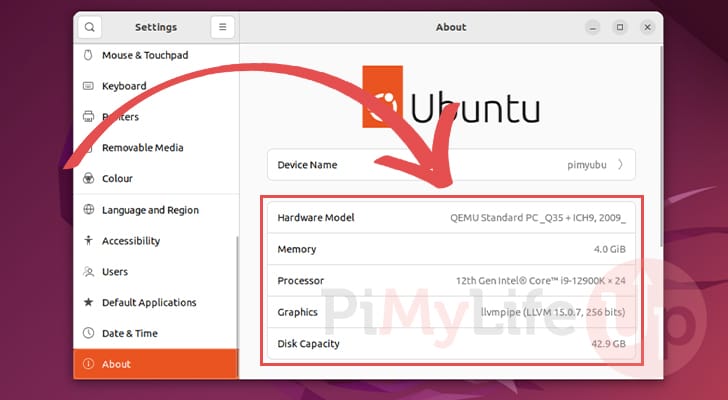
Using HardInfo on Ubuntu to get Hardware Information
If you need more in-depth information about your Ubuntu systems hardware, we can utilize a program called HardInfo.
This program allows you to view information about individual components of the system. For example, you can view the clock rate of each core on your CPU. You can even export this information for someone else to look over.
Installing HardInfo on Ubuntu
1. Before you continue, we must open the terminal to install a specific package to Ubuntu.
You can open the terminal on Ubuntu by pressing CTRL + ALT + T on your keyboard.
2. To install the “hardinfo” package, you only need to run the following command within the terminal.
This package will allow us to view more in-depth information about each piece of hardware in our Ubuntu system.
sudo apt install hardinfoCopyUsing HardInfo to get Hardware Information
3. To get to this new hardware information tool you installed, you will want to open the Activities screen.
You can open this screen by clicking the top or bottom left of the screen.

4. With the activities screen open, use the search bar to look for “hardinfo” (1.).
You should eventually see an app called “System Profiler...” as an option (2.). Click this application to continue.
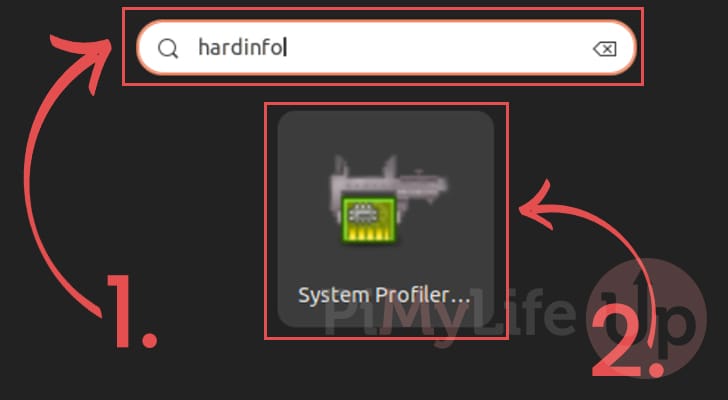
5. When you first open “HardInfo” you will see an overview of your system’s hardware.
Here, you can quickly see the CPU you are using, the GPU, and more. However, this app allows you to find more information by opening up any of the categories in the sidebar.
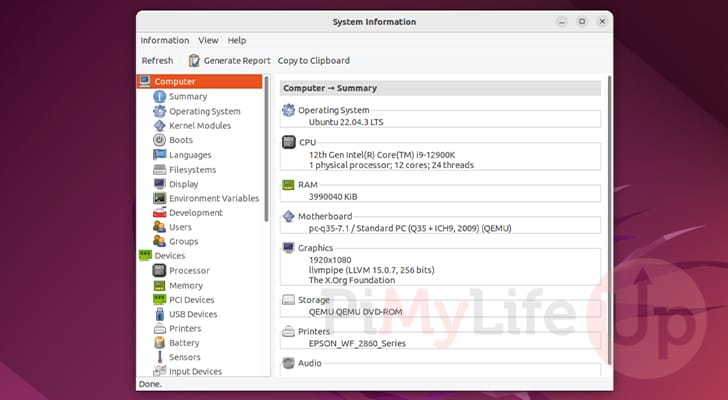
6. For example, if you click into the “Processor” category, you will get more information about that piece of hardware in your Ubuntu system.
Here, you can see information such as the individual cores or threads the CPU provides. You can also see the size of the caches.
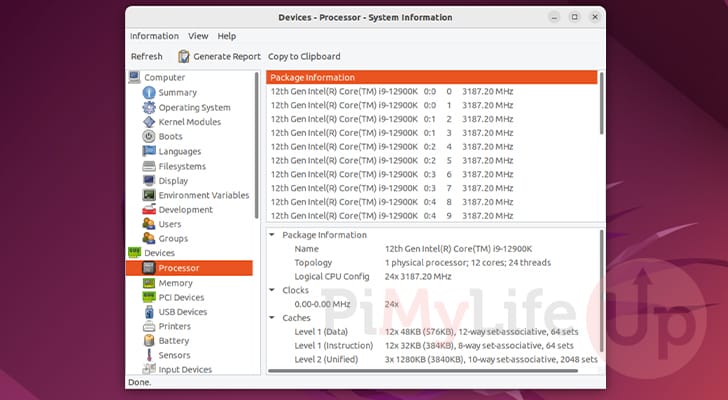
Using the Terminal to get Hardware Information on Ubuntu
In this section, we will explore how you can use the terminal to get the hardware info of your Ubuntu system.
This method is best for those who do not have access to the desktop interface, such as those running Ubuntu Server. While we can use various tools built-in to Ubuntu to get hardware info, it can be painful to string all of these tools together.
Instead, we will install and use a software called Inxi. Using this tool, we can get all the system information you might need from one program.
Installing Inxi to your Ubuntu System
1. Before installing Inxi to our system, we should ensure we have the latest version of the package list cache.
You can update the package list cache by running the command below.
sudo apt updateCopy2. Once the package list update completes, our next step is to install the “inxi” package.
We can install this package by using the following command in the terminal.
sudo apt install inxiCopyUsing Inxi to Get Hardware Information on Ubuntu
3. Once you have installed Inxi to your Ubuntu system, let us use it to get information on your hardware.
This tool has numerous options, but we will only explore a few that give you a good overall look at your system’s hardware.
If you want to find more about how to use this tool, use the “–help” option.
Get Basic Hardware Information
a. By running the inxi tool without any arguments, you will get basic information about your Ubuntu system’s hardware.
This doesn’t show much in-depth information but gives you a quick overview of your systems hardware.
inxiCopyWith the command above, you can see how you get a very simple breakdown of your system’s hardware.
CPU: 12-core 12th Gen Intel Core i9-12900K (-MT MCP-) speed: 3187 MHz
Kernel: 6.2.0-33-generic x86_64 Up: 10d 6m Mem: 1359.7/3896.5 MiB (34.9%)
Storage: 40 GiB (43.7% used) Procs: 385 Shell: Bash inxi: 3.3.13
Full Hardware Info of Ubuntu
b. If you want to see more information about the hardware of your Ubuntu system, then you will want to use the “--full” option.
This option spits out considerably more information about each piece of hardware, including the clock rate of each core of your CPU. It also gives you a breakdown of the GPU you are using, story, and RAM.
inxi --fullCopyBelow, you can see the vast amount of information about your hardware that this command outputs.
System:
Host: pimyubu Kernel: 6.2.0-33-generic x86_64 bits: 64 Desktop: N/A
Distro: Ubuntu 22.04.3 LTS (Jammy Jellyfish)
Machine:
Type: Kvm System: QEMU product: Standard PC (Q35 + ICH9, 2009)
v: pc-q35-7.1 serial: <superuser required>
Mobo: N/A model: N/A serial: N/A UEFI: EDK II v: N/A date: 2/2/2022
CPU:
Info: 12-core model: 12th Gen Intel Core i9-12900K bits: 64 type: MT MCP
cache: L2: 3.8 MiB
Speed (MHz): avg: 3187 min/max: N/A cores: 1: 3187 2: 3187 3: 3187
4: 3187 5: 3187 6: 3187 7: 3187 8: 3187 9: 3187 10: 3187 11: 3187 12: 3187
13: 3187 14: 3187 15: 3187 16: 3187 17: 3187 18: 3187 19: 3187 20: 3187
21: 3187 22: 3187 23: 3187 24: 3187
Graphics:
Device-1: Red Hat QXL paravirtual graphic card driver: qxl v: kernel
Display: server: X.org v: 1.21.1.4 driver: X: loaded: N/A
unloaded: fbdev,modesetting,vesa gpu: qxl note: X driver n/a
resolution: 5120x1792
OpenGL: renderer: llvmpipe (LLVM 15.0.7 256 bits)
v: 4.5 Mesa 23.0.4-0ubuntu1~22.04.1
Audio:
Message: No device data found.
Sound Server-1: PulseAudio v: 15.99.1 running: yes
Sound Server-2: PipeWire v: 0.3.48 running: yes
Network:
Device-1: Red Hat Virtio network driver: virtio-pci
IF-ID-1: docker0 state: down mac: 02:42:be:14:37:16
IF-ID-2: enp1s0 state: up speed: -1 duplex: unknown
mac: 52:54:00:a3:7a:6c
IF-ID-3: hassio state: up speed: 10000 Mbps duplex: unknown
mac: 02:42:08:a8:19:ae
IF-ID-4: veth2172c2f state: up speed: 10000 Mbps duplex: full
mac: 52:34:b9:92:48:d5
Drives:
Local Storage: total: 40 GiB used: 17.49 GiB (43.7%)
ID-1: /dev/vda model: N/A size: 40 GiB
Partition:
ID-1: / size: 38.58 GiB used: 17.48 GiB (45.3%) fs: ext4 dev: /dev/vda2
ID-2: /boot/efi size: 511 MiB used: 6.1 MiB (1.2%) fs: vfat
dev: /dev/vda1
Swap:
ID-1: swap-1 type: file size: 1.83 GiB used: 58.6 MiB (3.1%)
file: /swapfile
Sensors:
Message: No sensor data found. Is lm-sensors configured?
Info:
Processes: 385 Uptime: 10d 6m Memory: 3.81 GiB used: 1.33 GiB (34.9%)
Shell: Bash inxi: 3.3.13
Conclusion
Hopefully, at this stage, you will now have a good understanding of how you can get the hardware info of your Ubuntu system.
We have shown you how to use both the desktop and the terminal. If you can access the desktop, using the GUI options is considerably easier.
Please comment below if you have any questions about getting the hardware info on Ubuntu.
If you found this guide to be helpful, we highly recommend checking our other Ubuntu tutorials.


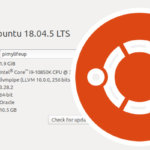
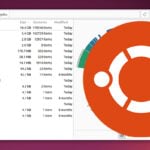



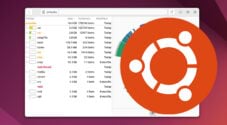

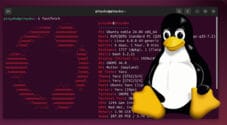
Need faster help? Premium members get priority responses to their comments.
Upgrade for Priority Support